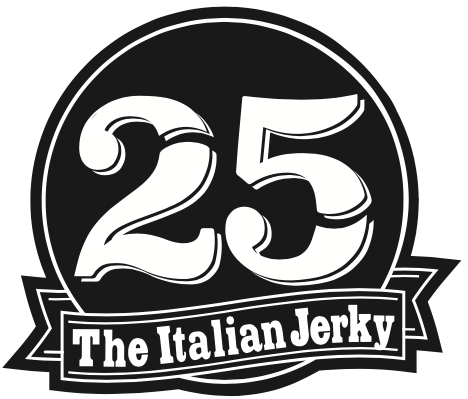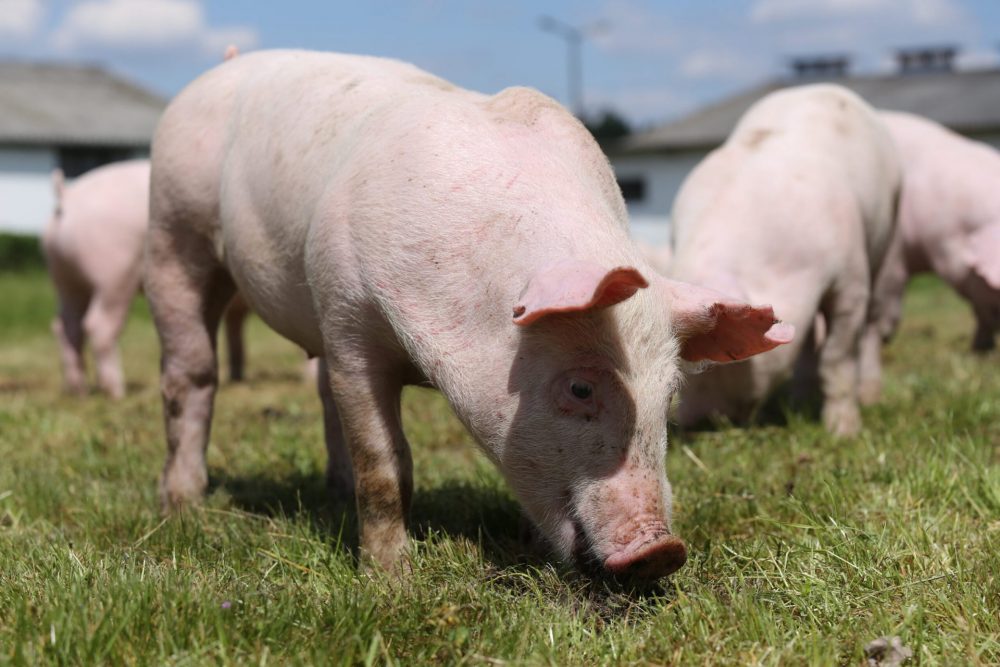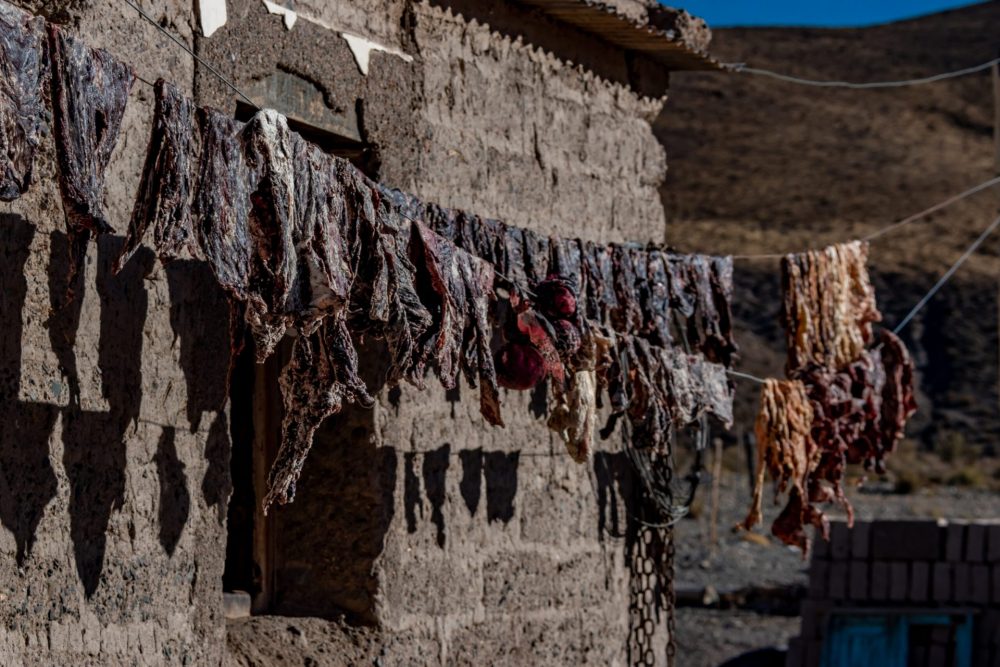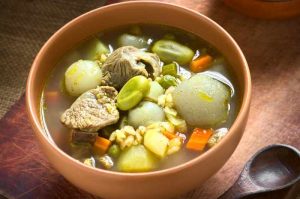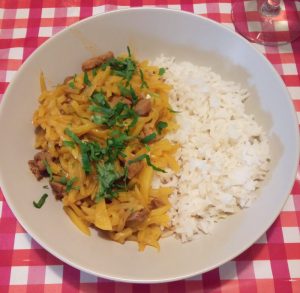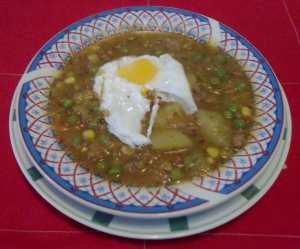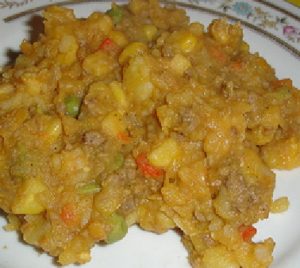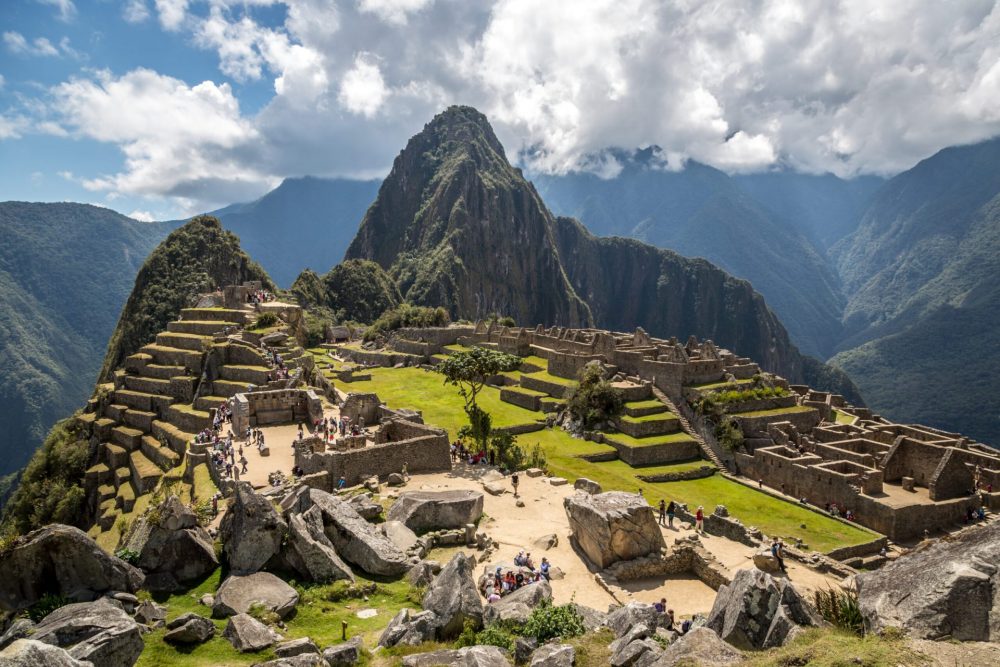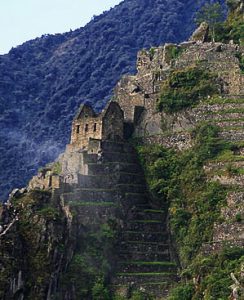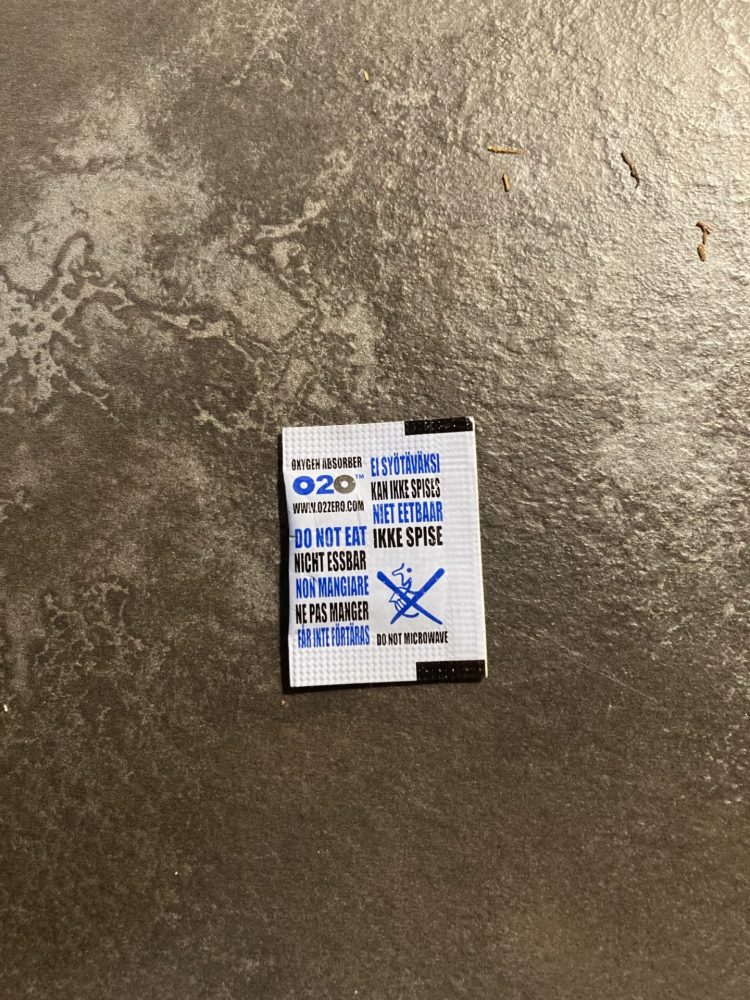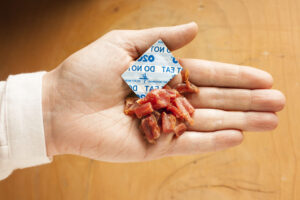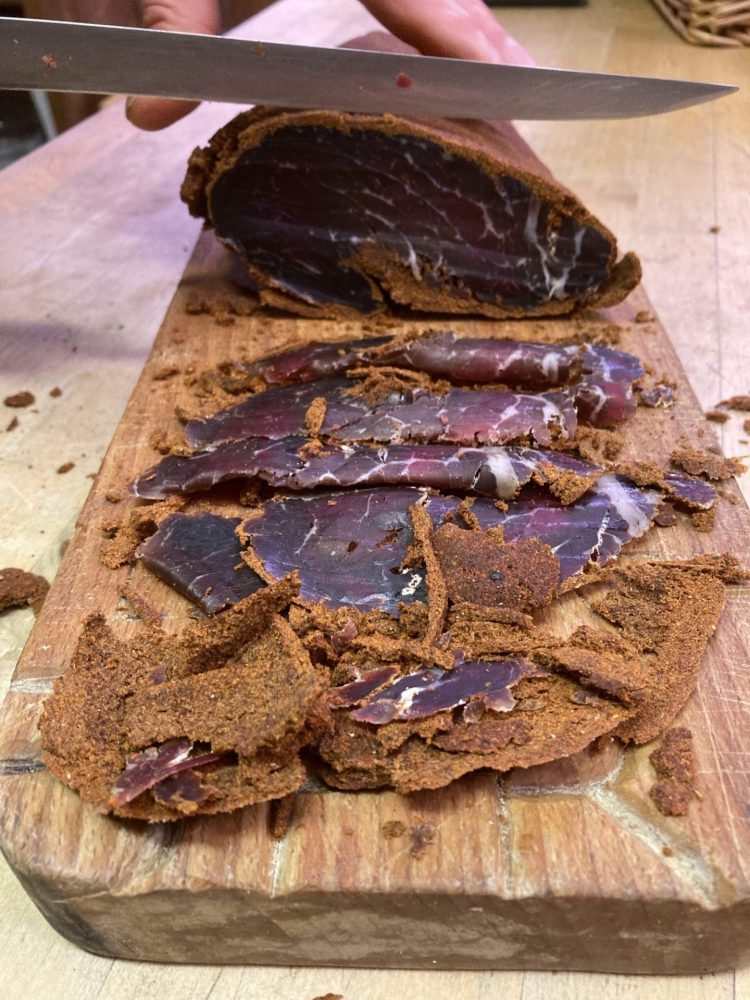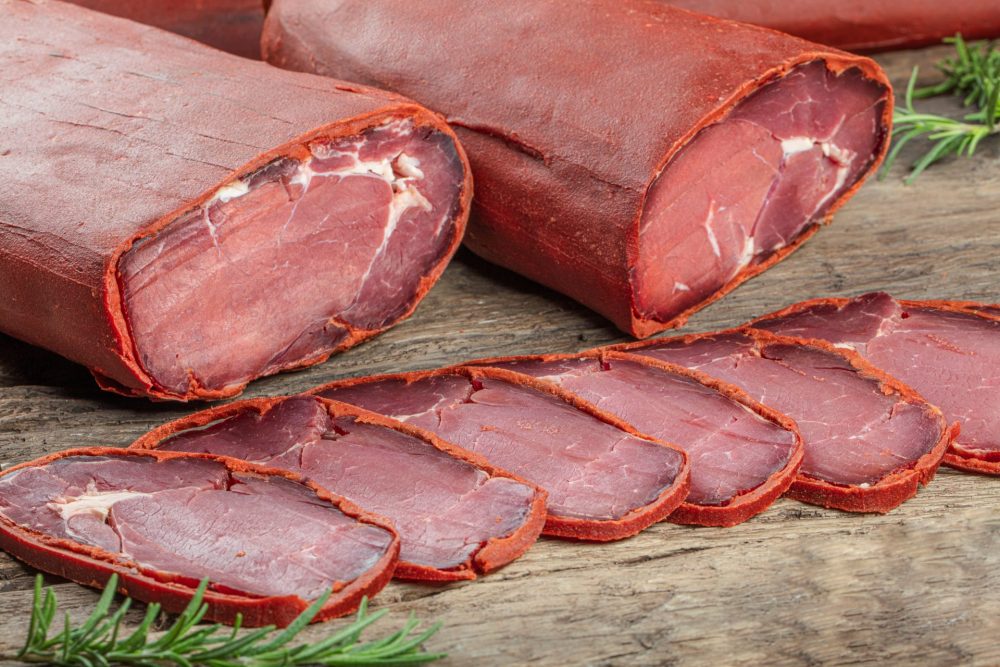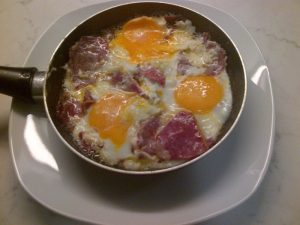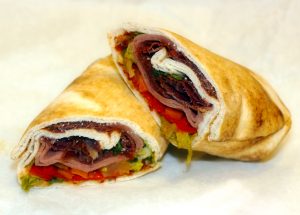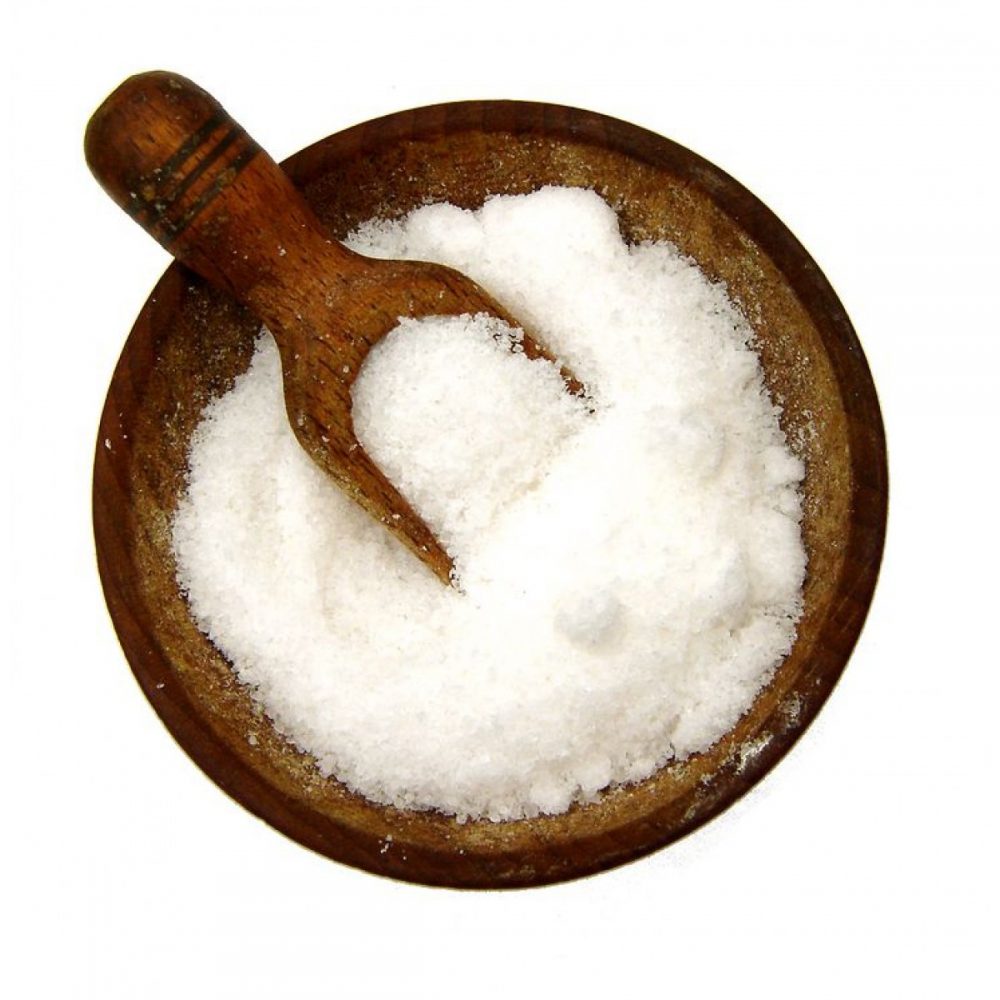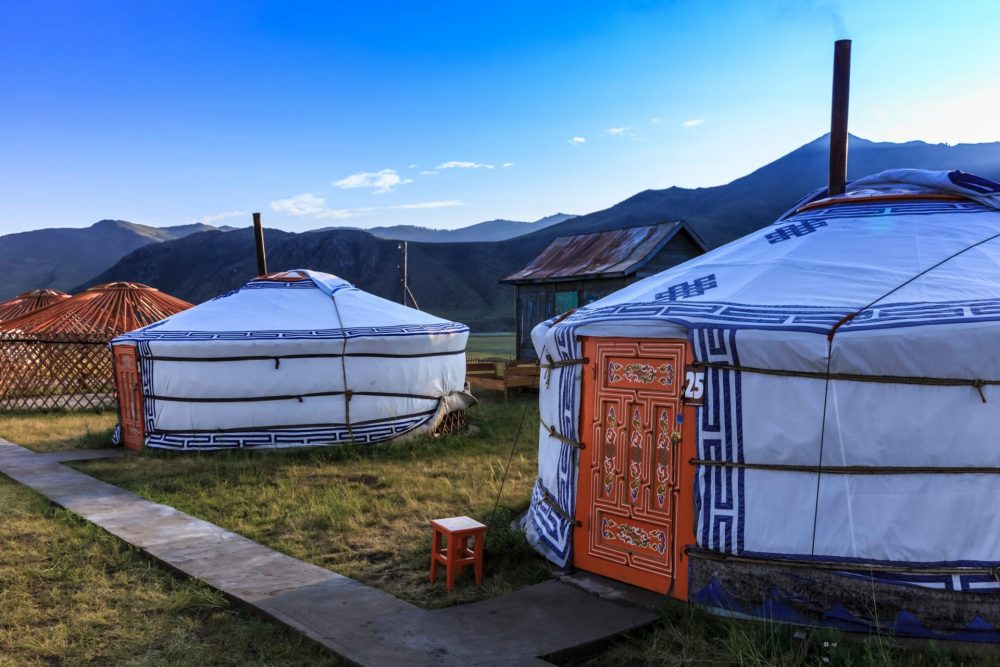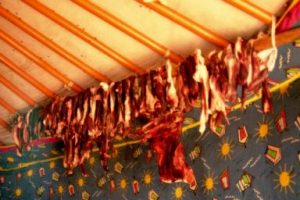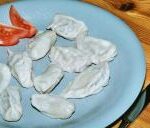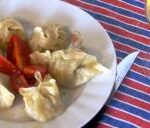Italian supply chain
Where do the raw materials we use to make our dried meat come from? I am from the Italian Supply Chain. Born, raised, slaughtered and dissected in Italy.
All our meats come from a cooperative of breeders who all raise the same type of animal, follow the same breeding regulations, use the same feed, and deliver to the same slaughterhouse.
In this cooperative the cost of the pigs is in fact a revenue attributed to the contributing member who has an indirect benefit in terms of profitability as well as guaranteeing the withdrawal of the pigs from the market. It manages to give sustainability to the cost of slaughter thanks to the integration of the different production phases (farmer-butcher-distributor) in a competitive context favorable to the concentration of large production numbers, thus intervening on the weaknesses of a pulverized agricultural system, encouraging the points of strength of agri-food, quality and distinctiveness, of meat production.
The absence of antibiotics is guaranteed in our supply chain. The welfare of the animal is guaranteed throughout its life. The birth, growth and slaughter are structured so that the animal does not feel pain and lives in pleasant environments. During transport, water and food are guaranteed.
We have chosen to use only female pork loins, offspring of Duroc males and Landrace or Large White females. The same supply chain as Parma or San Daniele ham.
Why?
We have therefore chosen to use only 100% Italian meat for:
support small farmers in the Italian supply chain
have a raw material of reliable and constant quality
participate in a responsible supply chain towards animals and the environment
have the guarantee of animal welfare and the absence of antibiotics
It is our philosophy. It is the Italian supply chain.
